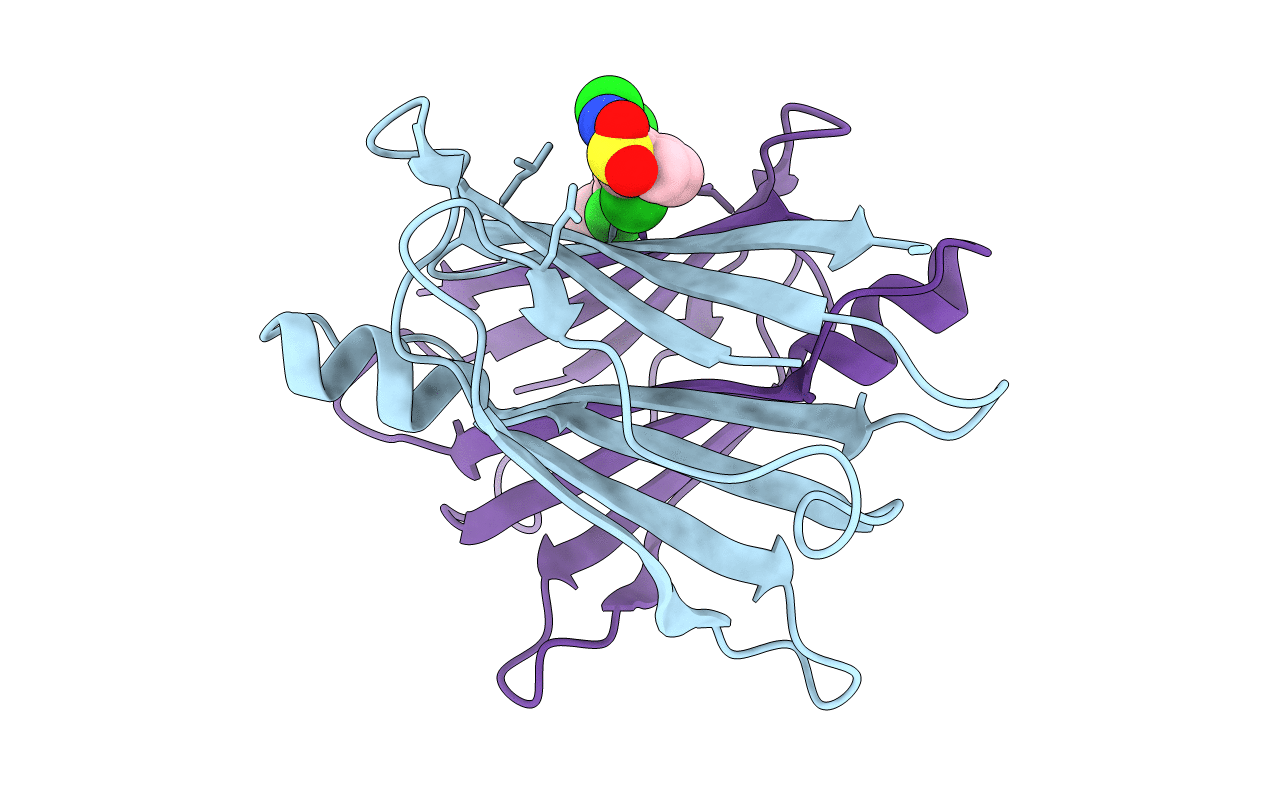
Deposition Date
2012-06-08
Release Date
2013-02-20
Last Version Date
2024-11-06
Entry Detail
PDB ID:
4FI6
Keywords:
Title:
Kinetic Stabilization of transthyretin through covalent modification of K15 by 3-(5-(3,5-dichlorophenyl)-1,3,4-oxadiazol-2-yl)-benzenesulfonamide
Biological Source:
Source Organism:
Homo sapiens (Taxon ID: 9606)
Host Organism:
Method Details:
Experimental Method:
Resolution:
1.46 Å
R-Value Free:
0.18
R-Value Work:
0.16
R-Value Observed:
0.16
Space Group:
P 21 21 2


